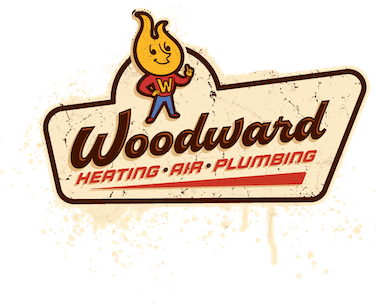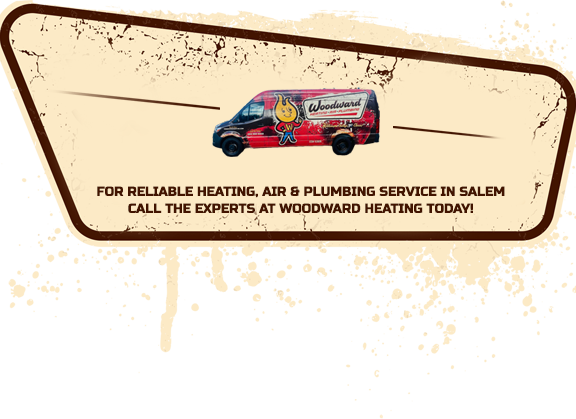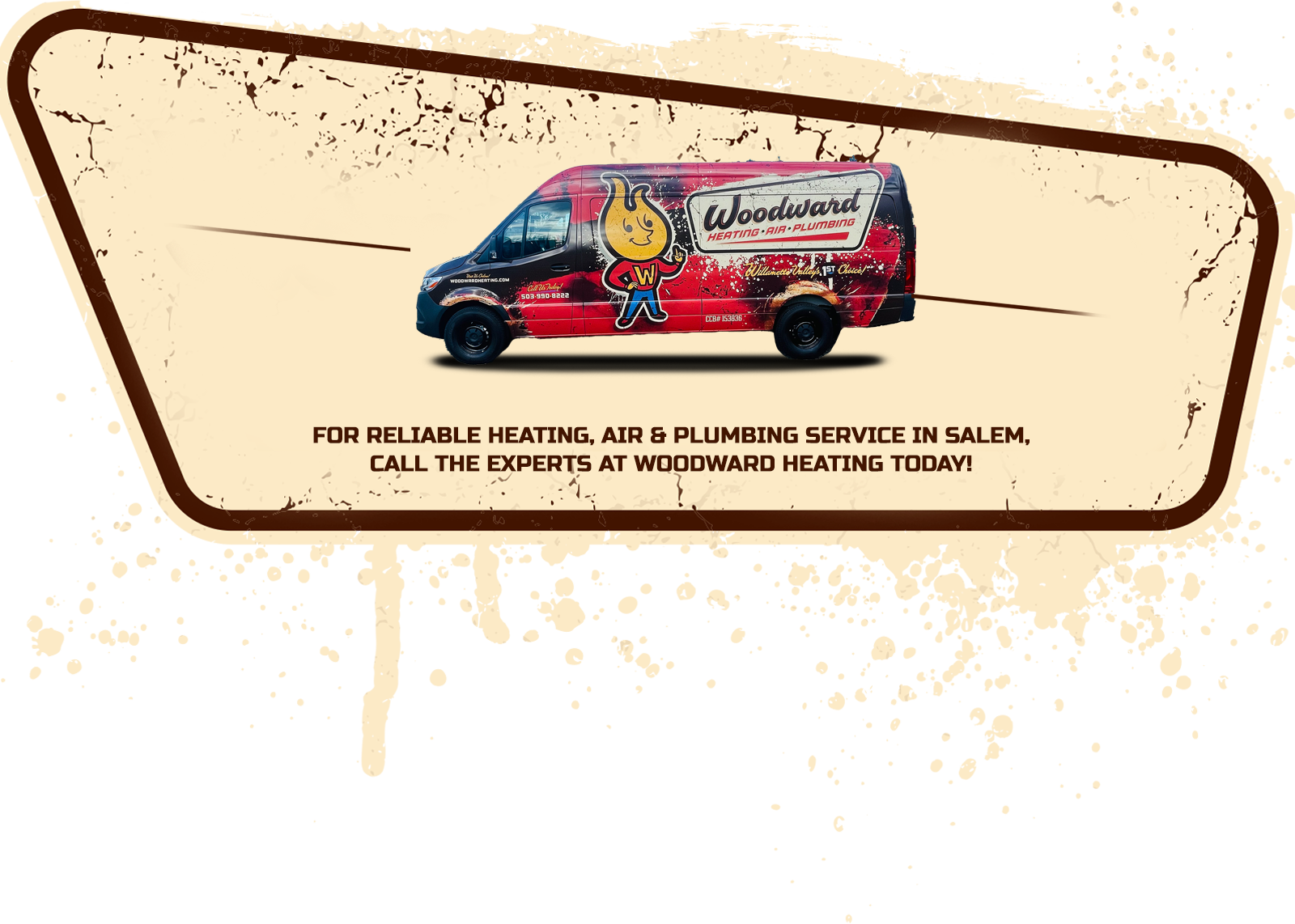
If you live in a temperate area with moderate heating and cooling needs, you can use heat pumps to save energy. They are a reliable technology and provide year-round comfort for your home. Heat pumps function like refrigerators by moving heat from a cool space to a warm room. During summer, they move heat from your house into the warm outdoors. When it’s winter, the heat pump will transfer heat from the cool outdoors into your warm home.
How Much Energy Do Heat Pumps Save?
Unlike a furnace that converts fuel or electricity into thermal energy, heat pumps only move heat. They use the same mechanical principles that allow air conditioners to move heat from inside your house to outside. Heat pumps can transfer heat in any direction. They can reduce heating costs by 60% compared to a new furnace. If you want to replace an old system, you’re likely to save lots of cash.
The most efficient heat pump produces 3kW thermal energy for every 1kW of electrical energy it consumes. The figure translates to 300% in energy savings. Most modern heat pumps reduce electricity usage by 50% compared to the electric resistance of popular heating appliances like a furnace. High-efficiency pumps also dehumidify better than regular central air conditioners, translating to less energy usage during summer.
Heat pumps offer limited efficiency when there is a considerable temperature difference between the condenser and evaporator. Therefore, it might not be appropriate in places where summer and winter are extreme.
Types of Heat Pumps
There are three types of heat pumps in the market, and each has a unique set of advantages and disadvantages. You need to understand what the different models offer before settling for one.
1. Air-Source Heat Pump
If you reside in Salem, OR, this model can offer efficient heating and cool to your home. Air-source heat pumps can save help you save up to thrice of your regular heat energy needs. The units have been in use all over the US, but it’s not until recently that people have been using them in regions experiencing sub-freezing temperatures.
Research suggests that air-source pumps can save you 3,000 kWh more than electric resistance heaters and 6,200 kWh more than oil systems. The average annual savings are about $300.
A heat pump’s refrigeration system features two coils made of copper tubing and a compressor. One loop is located outside while the other stays inside, and aluminum fins cover both to enhance heat transfer.
When in heating mode, the outer coils extract heat from the outdoors and convert it into gas. The indoor coils discharge heat from the refrigerant and condense it into a liquid. There is a reversing valve close to the compressor that changes the refrigerant’s direction to enhance cooling and defrosting the outdoor coils in winter.
The following advances are responsible for the increased efficiency of modern heat pumps:
- Enhanced coil design
- Thermostatic expansion valves
- A modernized electric motor and two-speed compressor designs
- Variable speed blowers
- Copper tubing
Every residential heat pump should have an Energy Guide label, which shows the unit’s performance rating. The heating effectiveness is indicated by the HSPF rating (Heating Season Performance Factor), while the cooling efficacy is determined by the SEER (Seasonal Energy Efficiency Ratio). Heat pumps with high SEER ratings are often costly, but with the savings you can recoup your initial investment within a year.
Besides good energy ratings, consider buying a heat pump with demand-defrost control to reduce the defrost cycles. Ensure that the outdoor unit is as far away from windows and adjacent buildings as possible because fans and compressors are noisy. Remember that the location of the outdoor unit might affect its efficiency. Therefore, place the pump in an area that is free from high winds.
2. Geothermal Heat Pumps
Also known as ground-source, geo-exchange or earth-coupled, geothermal heat pumps use the constant earth’s temperature as a heat exchange medium instead of outer air temperatures. The underground temperature (a few feet below the earth’s surface) remains constant irrespective of the season. Depending on the latitude, the ground temperature ranges between 450F and 750F.
The ground is warmer compared to the air in the winter and cooler in the summer. Geothermal heating takes advantage of this phenomenon by exchanging heat with the environment using a heat exchanger. Geothermal heat pumps are quieter, last longer, and require minimal maintenance compared to air-source heat pumps. Some models have two-speed compressors and variable fans for increased energy savings.
A dual-source heat pump combines a geothermal heat pump with an air-source heat pump. That way, users enjoy the benefits of the two systems. Dual-source pumps have higher efficiency than air-source systems, but they aren’t as effective as geothermal units. The primary reason for choosing a dual-source system is its reduced installation cost compared to a geothermal system.
There are several types of geothermal heat pumps. All models can be used in residential and commercial buildings.
- Closed-Loop systems: These systems circulate an anti-freeze solution in enclosed plastic ductwork buried underneath the ground or submerged in water. The closed-loop models have a heat exchanger to transfer heat between the anti-freeze solution and the refrigerant. The loop can be vertical, horizontal, or pond-like.
- Horizontal: Horizontal installation is cost-effective for residential properties, especially in new buildings, but it requires a large area. The system is placed in four-foot deep trenches. Standard layouts use two pipes placed in a two-foot-wide canal at different depths.
- Vertical: Vertical installs are common in institutions and large commercial buildings. They are ideal for places where the soil is too shallow for trenching. The technicians dig four-inch holes about 20 feet apart. They place two pipes connected at the bottom to form a loop.
- Pond/lake: If there is a large water body at the site, you can choose this option as it might be the lowest-cost solution. The technicians place an underground supply line pipe from the building to the water and coil it into circles. They set the ductwork at least eight feet underwater to prevent freezing.
- Open-loop system: The system uses a well or surface water as the heat exchange fluid. After circulating through the system, the water returns to the ground through the well. The option is practical in places with enough supply of clean water.
3. Ductless, Mini-Split-System
If your house doesn’t have ductwork, this might be a perfect option for you. Ductless mini-split systems are also ideal when you want to extend your home and don’t like to extend the HVAC ducts.
Like regular heat pumps, ductless mini-split units have two components; an outdoor compressor and an indoor handling unit. They also have a conduit to house the power cable, refrigerant tubing, condensate drain, and suction tubing. The tube connects the indoor and outdoor units.
If you’re looking for the best heating solution for your home in Salem, OR, we’re here to help. Our experts at Woodward Heating Air Plumbing are happy and ready to answer all your questions. We repair, install and maintain heat pumps, air filtration equipment, ductless systems, air handlers, furnaces, packaged systems, and cooling units. Call us anytime for free estimates or for any of these services.






